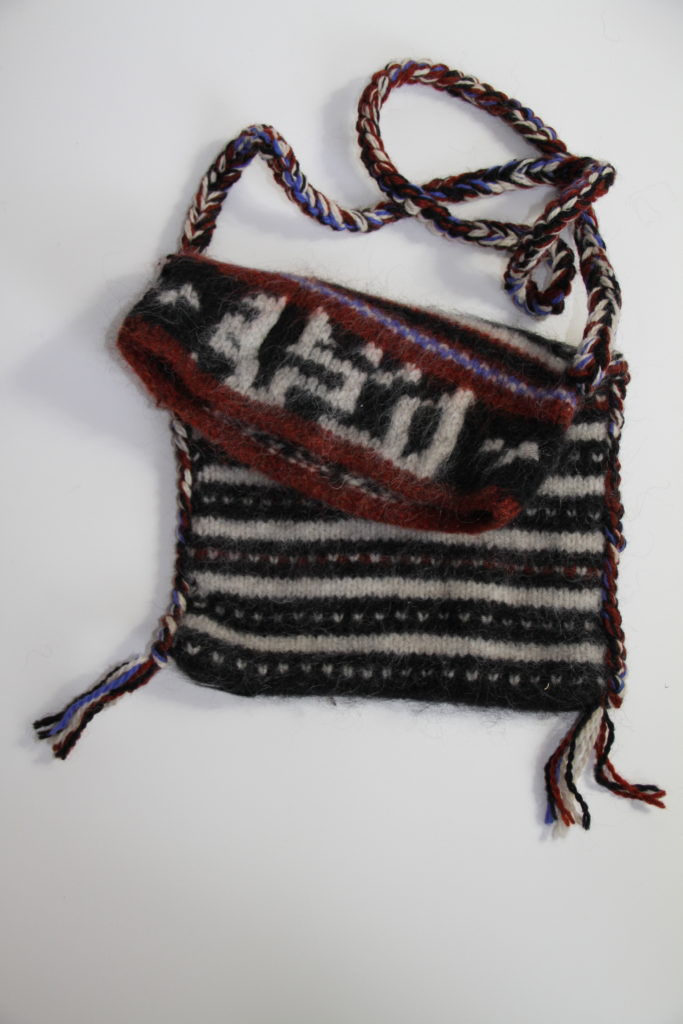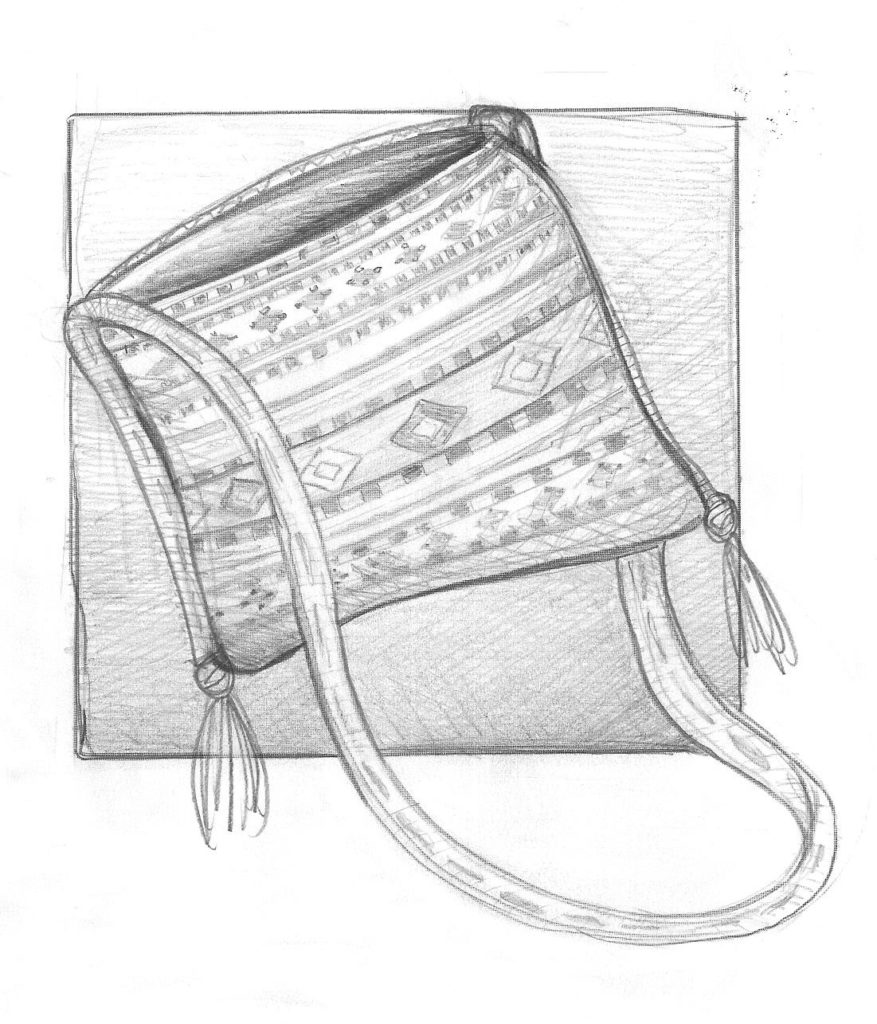
Berber people are a North African population that has long traveled the dusty Wool Roads from the Nile Valley in Egypt to the coast of the Atlantic Ocean, and south into Niger, southwest to Mali, and west into Libya. Berber peoples have included many different tribes – both farmers and nomads.
Before the famous dynasties of Egypt, there were the Imazighen, or Free People of what is now Morocco. While visitors, invaders and conquerors have mingled and traded or warred with them over centuries, Imazighen traditions were maintained until very recently.
According to modern authors who study the waning art of Berber weaving, few Amazigh women in the High Atlas continue to weave as a mainstay activity, but the reverence for wool and its cultural value remains. Wool, like henna and wheat, were considered gifts from the earth, representing its fertility and therefore were imbued with baraka, or blessing. Wearing wool brought this quality to the wearer, and creating artifacts with wool also brought its divine blessing. Amazigh cultural traditions held that a woman who wove 40 carpets during her lifetime was guaranteed entrance to heaven because of this accumulation of blessings through her work with wool.
Among the Amazigh, processing wool – washing, combing, spinning, setting up the loom and weaving – were communal tasks, performed together by the women of a family. Water, wheat, wood, and wool, were the main activities that occupied women before there were wider opportunities.

In one community, wool was so valued that it was a custom to place a white wool cape before men who were arguing. This act required the men to reconcile; the term for it was aaban n rebbi, meaning “clothing of God.” Another author wrote that when a woman gave birth, her friends would say to her, “Your weaving has been granted holiness and happiness,” the child being the reward for skillful work with wool.
Although this wool-revering culture is a weaving one, knitters can honor the designs. Traditionally, Amazigh women wore a large, rectangular piece of cloth as a cloak, fastened with a metal circlet with a pin – a method of closure that has been in existence for at least 10 centuries. The cloak is called a Handira and is composed of dark and light stripes, in patterns that identify the wearer as a member of a particular village. The colors were created from dyes from local materials. The leaves of a plant commonly called madder were used to create red, pomegranate skin or juice for bright red, indigo for blue and black, and saffron for yellow, dyed again in indigo for green.
The shoulder bag in this chapter is knit with Peace Fleece/. The stripes are an amalgam of the designs of different tribes and are created so that the color never changes across more than two stitches. This makes the pattern ideal for a first multi-color stranded project.
| To learn more: |
| A. Bertrand, Tribus Berberes du Haut Atlas 1977 Edita Vilo |
| Margaret Courtney-Clark, Imazighen: The Vanishing Traditions of Berber Women Weaving Metaphors of Motherhood. http://findarticles.com/p/articles/mi_m0438/is_3_39/ai_n16834279 |
| Cynthia J. Becker, Amazigh Arts in Morocco: Women Shaping Berber Identity |
| James Jereb, The Arts and Crafts of Morocco |
